Is the best pumpkin pie even made with real pumpkin? Let’s dive into this festive favorite’s flavorful past—and what makes it so iconic.
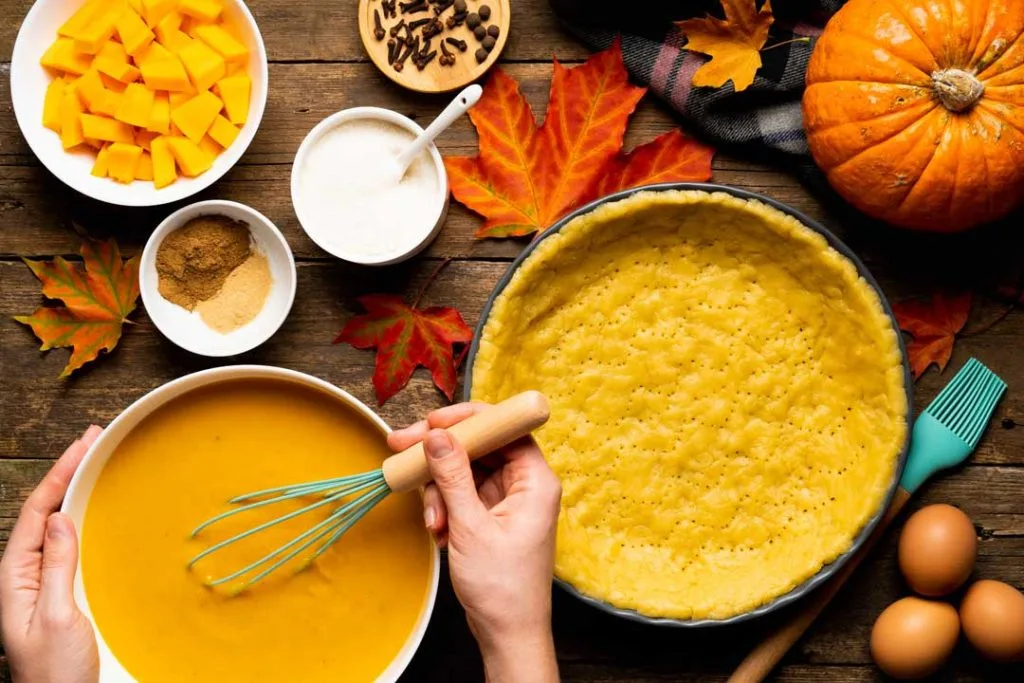
Pumpkin pie is a holiday staple, especially for Thanksgiving. In recent years, however, many people have been raging online that most store-bought and recipes using pumpkin puree don’t actually contain real pumpkin.
Even knowing this, this sweet treat remains a must-have for many families during the holidays. And many are still on the search each year to make the best pumpkin pie for their holiday table. But how did this traditional treat get so popular? And when did it all start?
Best Pumpkin Pie Recipe Origins and Why It Still Matters
Pumpkin pie is one of the most traditional Thanksgiving desserts, but is it really made with pumpkin? As it turns out, the answer might surprise you. Whether you use canned pumpkin or go the homemade pumpkin puree route, the best pumpkin pie always starts with a good story.
From colonial recipes to the modern canned versions, pumpkin pie history is full of twists, turns, and passionate opinions. In this post, we’ll explore the origins, myths, and making of this seasonal staple so you can serve a slice of tradition with pride.
History of Pumpkin Pie
Today, pumpkins are grown around the world, but they are native to North and Central America. Once the early English colonists were introduced to the gourd in the 1600s, they developed a liking for it, and it became a common food in their diet.
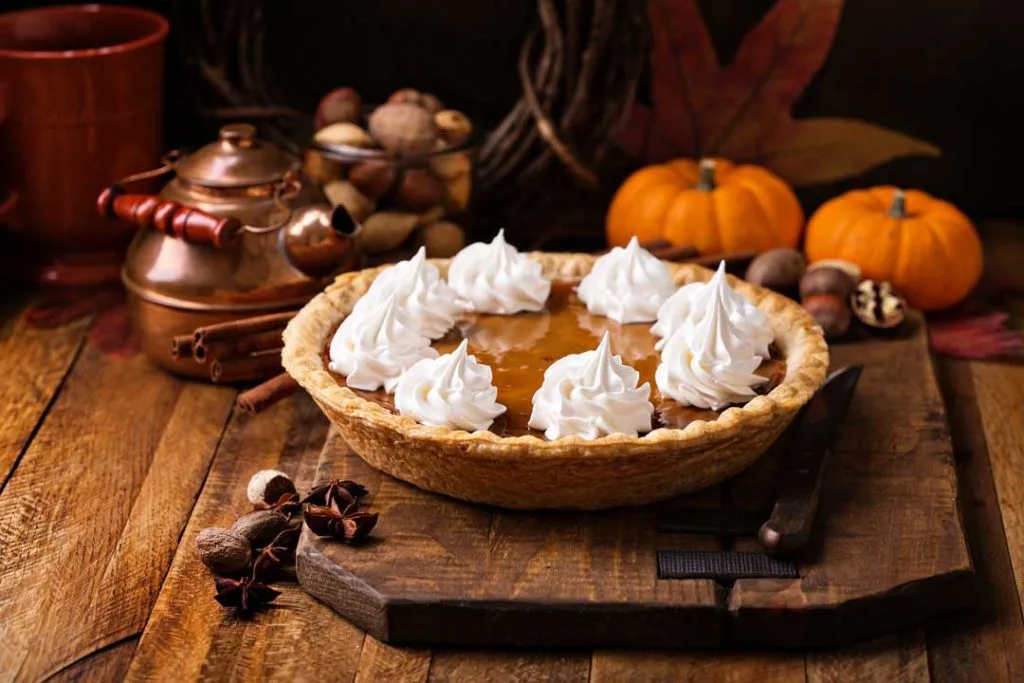
They ate stewed pumpkin and even brewed it into their ales. When pumpkins were brought to Europe as part of the Columbian Exchange, more recipes were created, including the earliest written recipes for pumpkin pie, which were made by placing slices of pumpkin between two layers of crust along with spices, sugar, and apple slices.
Colonists brought this pie recipe back across the Atlantic and created several variations.
By the 1670s, English cookbooks included recipes for “pumpion pie.” “Pumpion” came from the French word “pompon,” which originated from the Greek “pepon,” meaning “melon.”
In 1796, the first American cookbook featured two recipes for “pompkin pudding” with custard-like filling.
American cooks embraced these recipes until the 1820s. Then, two new cookbooks introduced pumpkin pudding with a single-bottom crust—much like today’s pumpkin pie.
Around that time, pumpkin pie became closely tied to Thanksgiving.
By 1850, two poems mentioned it, including the still-famous “Over the River and Through the Wood.”
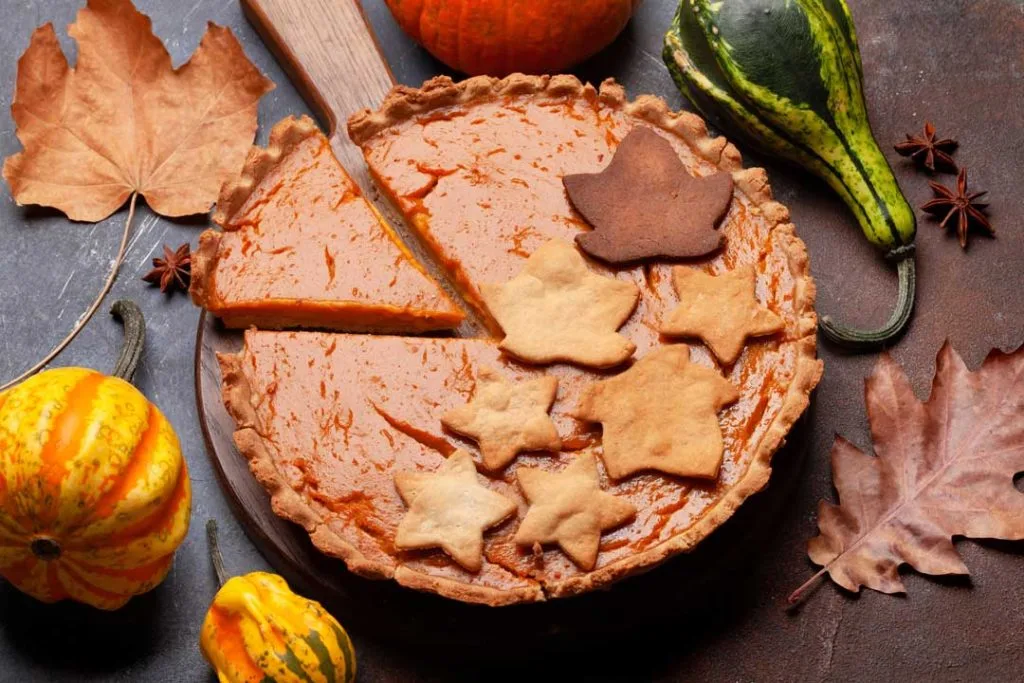
From that point on, the pumpkin pie process stayed mostly the same. People stewed pumpkin all day until it softened enough for a smooth, custard-like filling.
However, by the 19th century, more people joined the workforce and had less time to bake.
At the same time, the canning industry boomed. Canned pumpkin became a quick, convenient option for busy families.
“Not Real Pumpkin”
Since becoming a staple in the 1920s, canned pumpkin has been the go-to for pumpkin pie bakers nationwide. In 2016, however, an online story published on MyRecipes called out the canned pumpkin industry for using squash in their products, instead of pumpkin. Five years later, their sister website, allrecipes.com, published an article countering and expounding the original story.
In short, canned pumpkin is real pumpkin—but not the bright orange Jack-O’-Lantern we usually picture.
These “field pumpkins” have watery, stringy flesh. That makes them less flavorful and harder to turn into a smooth puree.
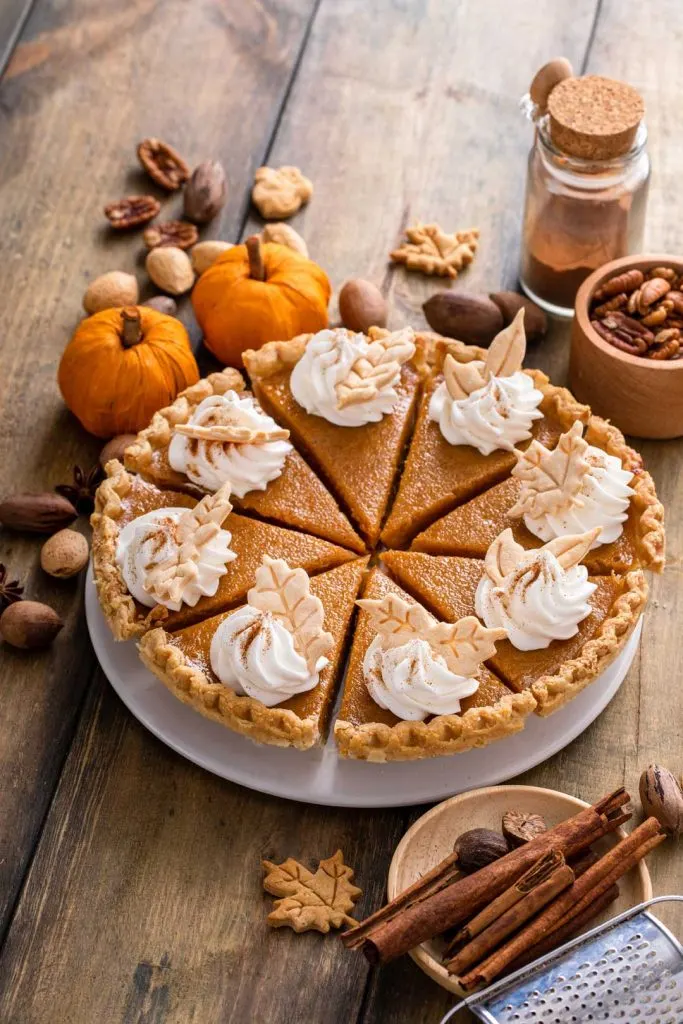
Instead, the canning industry harvests Dickinson pumpkins, a subspecies of pumpkin, for their puree. They are larger and smoother than typical field pumpkins and have tan orangish skin. The orange inside flesh is dense, sweet, dry, and fine-grained, making them perfect for baking.
Yet, even with this classification, many online have expressed frustration since the original MyRecipes story that their canned pumpkin isn’t “real” pumpkin. They claim that Dickinson pumpkins are more akin to squash than pumpkin, forgetting that pumpkins are themselves deemed “winter squash.” Some have gone so far as to suggest boycotting pumpkin pie altogether and replacing it with sweet potato pie on your Thanksgiving table.
Another approach some have taken is to buy their own pumpkin and make their puree the way the colonists did: stewing the pumpkin all day until it’s soft enough to work with. One food and garden blogger came up with an easier way to make her pumpkin puree by baking sugar pumpkins, which are smaller and sweeter than field pumpkins but still have that festive orange color.
The Best Pumpkin Pie
There isn’t one way to make the “best pumpkin pie.”
Many websites claim to have the perfect recipe, but this classic dessert has a history as old as Thanksgiving.
Over the years, recipes have changed and evolved. Still, pumpkin pie remains a beloved holiday tradition.
Whether you bake a sugar pumpkin, buy a store pie, or use canned pumpkin puree, each version offers rich flavor.
Every slice celebrates the season and brings joy to the whole family.
From Colonies to Cans: A Deep Dive Into the Best Pumpkin Pie
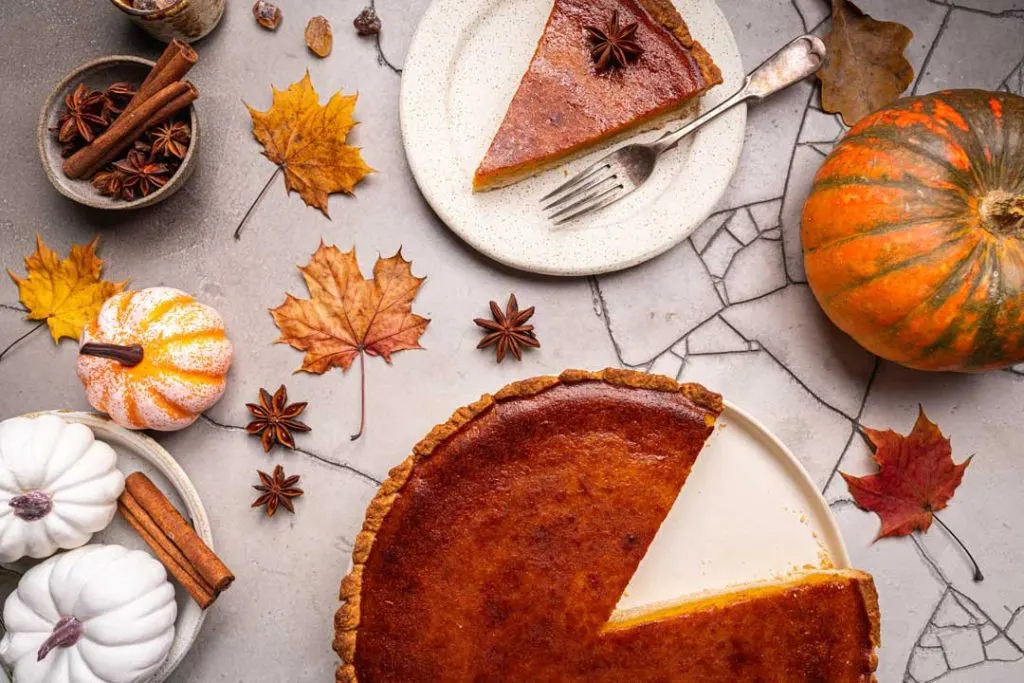
No matter how you slice it, the best pumpkin pie is one that brings your family together around the table. From its colonial beginnings to its modern adaptations using canned pumpkin or sugar pumpkins, this dessert continues to evolve while holding strong as a Thanksgiving favorite. Whether you make your own puree or pop open a can, what matters most is the warmth and history shared with every bite.
So this holiday season, celebrate with your version of the best pumpkin pie—because tradition is just as much about taste as it is about the people you share it with.

Jessi is the creative mind behind The Coffee Mom, a popular blog that combines parenting advice, travel tips, and a love for all things Disney. As a trusted Disney influencer and passionate storyteller, Jessi’s authentic insights and relatable content resonate with readers worldwide.
